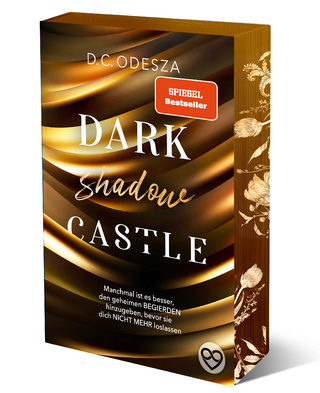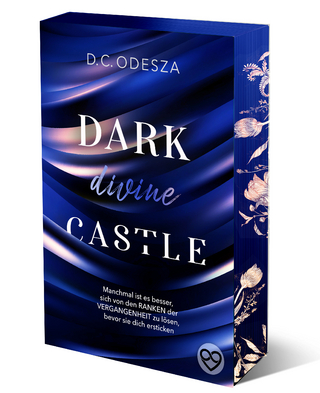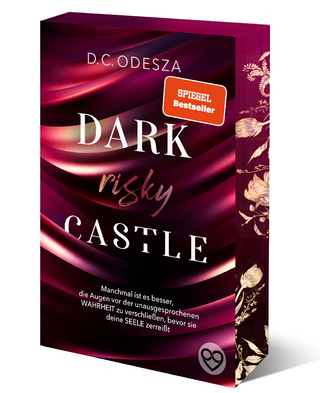
Tropes and the Literary-Scientific Revolution
Routledge (Verlag)
978-1-032-42271-8 (ISBN)
Tropes and the Literary-Scientific Revolution: Forms of Proof argues that the rise of mechanical science in the seventeenth century had a profound impact on both language and literature. To the extent that new ideas about things were accompanied by new attitudes toward words, what we commonly regard as the “scientific revolution” inevitably bore literary dimensions as well. Literary tropes and forms underwent tremendous reassessment in the seventeenth century, and early modern science was shaped just as powerfully by contest over the place of literary figures, from personification and metaphor to anamorphosis and allegory. In their rejection of teleological explanations of natural motion, for instance, early modern philosophers often disputed the value of personification, a figural projection of interiority onto what was becoming increasingly a mechanical world. And allegory—a dominant mode of literature from the late Middle Ages until well into the Renaissance—became “the vice of those times,” as Thomas Rymer described it in 1674. This book shows that its acute devaluation was possible only in conjunction with a distinctively modern physics. Analyzing writings by Sidney, Shakespeare, Bacon, Jonson, Brahe, Kepler, Galileo, Hobbes, Descartes, and more, it asserts that the scientific revolution was a literary phenomenon, just as the literary revolution was also a scientific one.
Michael Slater is an Associate Professor of English and the Director of Liberal and Integrative Studies at SUNY Brockport, USA, where he works on Renaissance drama, the intersections between literature and the history of science, and allegory. He has published articles on, among other texts, The Faerie Queene, Hamlet, Othello, The Changeling, and Paradise Lost.
Introduction: A “Literary-Scientific Revolution?”
Chapter 1 – A New Concept of Motion: Allegory and the “Literary Revolution”
Chapter 2 – A Poetics of “Transfixion”: Dissecting Allegory in The Faerie Queene
Chapter 3 – Rethinking “Revolution”: Hamlet’s Astronomical Metaphors
Chapter 4 – The Ghost in the Machine: “Emotion” and Mind-Body Union from Hamlet to
Descartes
Chapter 5 – Reading the “Book of Nature”: Allegory and Astronomy in Galileo and Kepler
Index
| Erscheinungsdatum | 05.04.2024 |
|---|---|
| Reihe/Serie | Routledge Studies in Renaissance Literature and Culture |
| Zusatzinfo | 10 Halftones, black and white; 10 Illustrations, black and white |
| Verlagsort | London |
| Sprache | englisch |
| Maße | 152 x 229 mm |
| Gewicht | 580 g |
| Themenwelt | Literatur ► Lyrik / Dramatik ► Dramatik / Theater |
| Geisteswissenschaften ► Sprach- / Literaturwissenschaft ► Anglistik / Amerikanistik | |
| Geisteswissenschaften ► Sprach- / Literaturwissenschaft ► Literaturwissenschaft | |
| Naturwissenschaften | |
| ISBN-10 | 1-032-42271-8 / 1032422718 |
| ISBN-13 | 978-1-032-42271-8 / 9781032422718 |
| Zustand | Neuware |
| Informationen gemäß Produktsicherheitsverordnung (GPSR) | |
| Haben Sie eine Frage zum Produkt? |
aus dem Bereich


